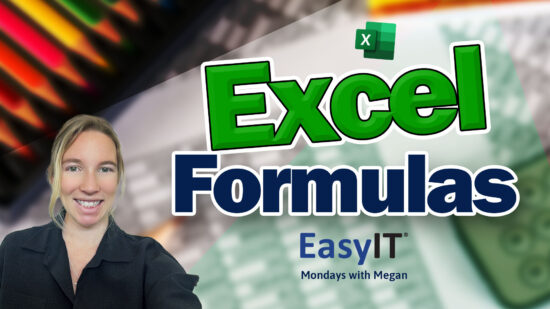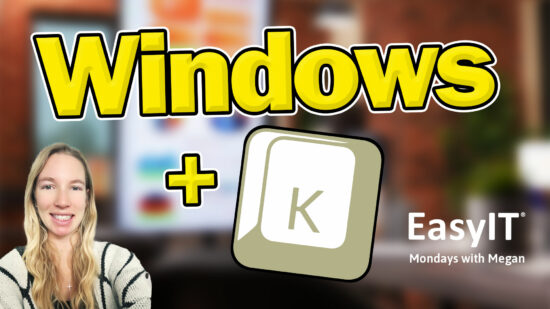There’s been a lot of discussion around how businesses can prepare for end of support (EOS) for Microsoft products. Much of what’s been covered has tackled products with EOS dates in 2020, but there are products with EOS dates in 2019 — and SQL Server 2008 and 2008 R2 are on the list.
Usually, it’s best to create a detailed action plan before upgrading or migrating your software, but the clock is ticking, and with EOS for Server 2008 and 2008 R2 around the corner, you’re going to have to make decisions faster than you normally would to protect your business interests.
If you wait too long to modernize your software, you run the risk of opening your organization up to compliance gaps or security attacks, which could cost you even more money in the long term.
The good news is this: Even though time is running out, you still have options.
When’s the EOS date for SQL Server 2008 and 2008 R2?
Compared to Microsoft products approaching EOS, SQL Server 2008 and 2008 R2 aren’t so lucky: Extended support for them is ending sooner rather than later.
The tech giant is ending extended support for many of its software products in the near future — including Windows Server 2008 and Server 2008 R2, Windows SBS 2011, Exchange 2010 and Windows 7 — on January 14, 2020; however, extended support for SQL Server 2008 and SQL Server 2008 R2 products is ending on July 9, 2019 — just a few months away.
While you can still use SQL Server 2008 and SQL Server 2008 R2 products after Microsoft ends extended support, the tech giant will no longer provide you with the following:
- Free security updates on-premises.
- Non-security updates.
- Free support options.
- Online technical content updates.
Without regular security updates, your systems lack the proper protection required to defend against an increasingly complex threat landscape.
To protect your systems and business from malicious threats, upgrade or migrate your SQL Server 2008 and SQL Server 2008 R2 products today.
(PS – Waiting isn’t an option.)
Upgrade your SQL Server 2008 and 2008 R2 products
If you need to keep your data on-premises (e.g., some business maintain servers on-premises to protect IP or comply with regulations), upgrade your Server 2008 and 2008 R2 products to the latest version of Server on-premises (SQL Server 2017) as soon as possible.
If you need additional time to upgrade to the latest version of SQL Server, you can purchase Extended Security Updates for three more years (if you have active Software Assurance or subscription licenses), but why wait?
Migrate existing SQL databases to the cloud
Your second option is to migrate your existing SQL databases to Azure, Microsoft’s cloud computing platform.
The software giant gives three main reasons why you should migrate your SQL databases to Azure: innovation (the cloud services provider provides tools designed to help with modernizing your applications), cost savings (you could potentially save money on infrastructure costs), and security and compliance (Microsoft’s cloud computing platform offers more than 50 compliance certifications).
Extended Security Updates are available for free in Azure for Server 2008 and 2008 R2 if you decide to migrate to the cloud instead of upgrading your on-premises solution.
Before Microsoft ends extended support for SQL Server 2008 and 2008 R2 in a few months, review your options and then act as soon as you can.
The last thing you want to do is put your business at risk by opening it up to malicious threats stemming from an ever-changing cyber threat landscape.





